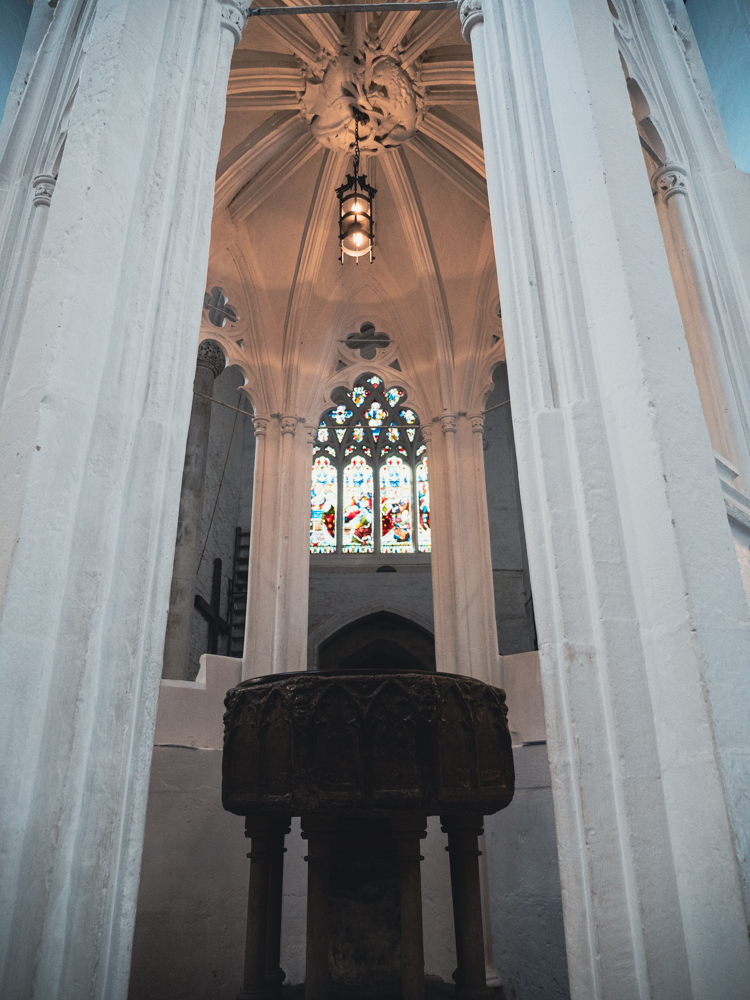There are two nationally recognised designated conservation areas within the town centre that you probably walk through every single day! One being St George’s Conservation Area, the layout and architecture of which tells the history of Luton since its’ development as a Medieval market town; and the other Plaiter’s Lea-Hat District, which connects with High Town to tell our hat history – a story of engineering and creativity.
The new town centre masterplan aims to re-connect our heritage areas and also creates a new emergent ‘St Mary’s Heritage zone’: a hub of heritage revolving around our only Grade 1 listed building: St Mary’s Church, signifying 2000 years of faith history. Luton Town Football Club’s move to Power Court will see the de-culverting of The River Lea (Luton’s major natural heritage asset), and celebrate 150 years of footballing social history. The University of Bedfordshire celebrates 250 years of educational provision; and the UK Centre for Carnival Arts (sitting on a Saxon graveyards) celebrates our town’s diversity and cultural heritage.
More details about all of these areas can be found within CURATING LUTON the town’s new heritage strategy
Our strategic vision for heritage is that:
“Luton’s sense of place is anchored through its heritage; wellbeing, civic pride and our identity as a proud industrious working-class town will be celebrated and sustained.”
We want to thank the National Lottery Heritage Fund in supporting our work of transforming lives through arts culture heritage
Our heritage tells the story of Luton:
“It began over 3,000 years ago with a natural spring emerging from ancient chalk downland. The spring created a marsh: and waters trickled and played. The chalk stream etched out a nourishing valley: and people came. The river supported animals and agriculture: a market town was born, and people came. From golden crops of hops and wheat: a brewing industry was born, and people came. Straw plait and lace went to market: a millinery and hat industry emerged, and people came: dexterous people. Transport and train lines connected the town into the tendrils of London, and national markets developed. The dexterous people upskilled: Luton developed as a centre of engineering excellence: aviation and motor innovation. At the invitation of the Luton Corporation, Vauxhall Motors re-located; an airport emerged: and people came, from all over the country, from all over the world. From these waves of diaspora, a diverse demographic developed. This is Luton.”
In our public consultation survey, we asked: What is your favourite heritage building?
Within the town centre our Grade 1 listed St Mary’s Parish Church came out tops; our Grade 2 listed town hall polled second; and fond memories of the ABC Cinema were recorded.






